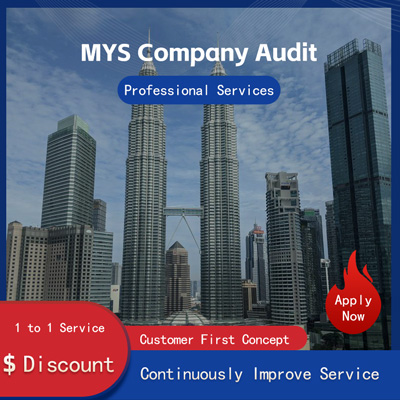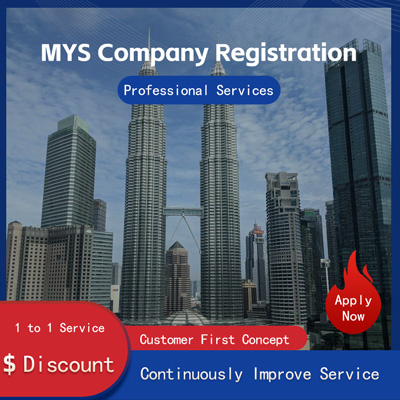
What Tests Are Required for Shipping Lithium Batteries by Sea? With International Maritime Dangerous Goods IMDG Code
What Tests Are Required for International Maritime Shipping of Lithium Batteries, Including the International Maritime Dangerous Goods Code
Lithium batteries play an important role in modern society due to their high efficiency and wide application. However, they also pose certain safety risks, especially when transported as dangerous goods by international maritime shipping. Ensuring the safety of lithium batteries during transportation is therefore crucial. To this end, strict standards and regulations have been established internationally. This article will detail the testing requirements for lithium batteries in international maritime shipping and provide references for relevant enterprises in conjunction with the International Maritime Dangerous Goods IMDG Code.
Firstly, the transportation of lithium batteries must comply with the requirements set by the International Maritime Organization IMO in the International Maritime Dangerous Goods Code. This rule explicitly states that lithium batteries belong to Class 9, Miscellaneous Dangerous Substances and Articles, and have potential fire hazards. Before transport, lithium batteries must undergo a series of rigorous tests to verify their safety. These tests mainly include vibration tests, impact tests, external short-circuit tests, impact tests, high-temperature tests, and overcharge tests. Only after passing these tests can lithium batteries be deemed suitable for maritime transport.
Vibration testing is one of the key components of lithium battery testing. This test aims to simulate various vibration conditions that lithium batteries may encounter during transport, such as truck travel or ship rocking. Through vibration testing, we can assess the structural stability of lithium batteries and determine if there is any internal damage or performance degradation caused by vibration. Typically, vibration testing is performed multiple times at different frequencies and amplitudes to comprehensively evaluate the durability of lithium batteries.
The impact test is another important testing method. It simulates sudden impacts that lithium batteries may experience during transport, such as emergency braking of vehicles or falling cargo. The impact test effectively examines the anti-impact capability of the battery housing and whether the internal cells can withstand external pressure without cracking or leaking. This test is crucial for ensuring the safety of lithium batteries under extreme conditions.
The external short circuit test is also essential. This test is used to verify whether lithium batteries will cause overheating or ignition in the event of a short circuit. During the test, the lithium battery is artificially set to an external short circuit state and its temperature changes and voltage responses are monitored. If the lithium battery remains stable in the event of a short circuit, showing no significant temperature rise or smoking, it indicates that its design and manufacture meet safety standards.
The high-temperature test further verifies the performance of lithium batteries in high-temperature environments. With global warming and changes in transport routes, lithium batteries may face higher external temperatures. The high-temperature test places the lithium battery in a specific temperature environment for a period of time to observe any abnormal reactions. Qualified lithium batteries should maintain normal working conditions in high-temperature conditions without swelling, leakage, or ignition.
Finally, the overcharge test is another test that lithium batteries must pass before transport. This test simulates possible excessive charging conditions during the charging process. In the test, the lithium battery is deliberately subjected to currents or voltages higher than the rated value to check its stability under extreme conditions. Qualified lithium batteries should exhibit good tolerance in the overcharge test, avoiding explosions or other serious accidents.
In addition to the above specific tests, the International Maritime Dangerous Goods Code also clearly specifies requirements for the packaging of lithium batteries. Lithium batteries must use specialized packaging materials designed for shockproofing, waterproofing, and fireproofing, and appropriate labels and markings must be provided. The selection of packaging materials should not only consider the characteristics of the lithium batteries themselves but also take into account various environmental factors during the transport process. At the same time, all personnel involved in the transport of lithium batteries must receive professional training and be familiar with relevant regulations and operating procedures to take appropriate measures in emergencies.
In summary, the international maritime transport of lithium batteries is a complex and rigorous process involving multiple aspects of testing and preparation. Enterprises should strictly follow the requirements of the International Maritime Dangerous Goods Code to ensure that each batch of lithium batteries arrives safely and reliably at its destination. Only in this way can the potential risks during transportation be minimized and the safety of personnel and property be ensured. It is hoped that the information provided in this article will help relevant enterprises and practitioners better understand and comply with the regulations regarding the transport of lithium batteries, promoting the healthy development of the industry together.

Still have questions after reading this? 26,800+ users have contacted us. Please fill in and submit the following information to get support.

Service Scope
MoreRecommended for You
- How to Use Amazon Gift Cards? What to Pay Attention to When Using Them?
- Which Products on AliExpress Need CE Certification? What Are the Impacts If They Don't Meet the Requirements?
- How to Calculate Credit Card Penalty for Full Payment? Is the Penalty Legal?
- Can You Convert Currency After Your FX Quota Is Used Up? How to Operate?
- How to Set Default Shipping Method on Amazon? What Should You Pay Attention to?
- How to View and Set Secondary Categories on Shopee?
- How to Sell Big Brand Products on Amazon? What Are the Matters Needing Attention?
- When Does Shipping Time on AliExpress Start? A Detailed Explanation of the Rules
- Amazon New Product Discount Strategy and Discount Setting Methods
- Amazon India Seller's Guide Price Comparison and Product Selection Tips
- AliExpress Withdrawal New Policy Explained How Soon Can It Be Credited?
- Product Image Requirements Design Tips for Amazon Storefronts
- Is Amazon Pay Secure for Continuous Transactions? How to Effectively Avoid Risks?
- How Does Shopee Achieve Accurate Orders? Operation Guide for Drop Shipping After Order Placement
- How to Handle and Deal with Amazon's Failure to Deliver Orders
- How to Buy Ads for a New Store on AliExpress? Do Ads Work for a New Store?
- How to Deal with Loss on the AliExpress Platform? How to Plan Effectively?
- How to Accurately Query the Exchange Rate for Settlement? Calculation Method of Settlement Exchange Rate
- Amazon Store Closure New Rules Interpretation and Response Strategy
- What Are the Inside-Platform Marketing Tools on AliExpress? A Detailed Explanation of Inside-Platform Marketing Channels


 ONE
ONE








Customer Reviews
Small *** Table
December 12, 2024The experience was very good. I was still struggling to compare it with other companies. I went to the site a few days ago and wanted to implement it as soon as possible. I didn't expect that everything exceeded my expectations. The company is very large, with several hundred square meters. The employees are also dedicated and responsible. There is also a wall of certificates. I placed an order on the spot. It turned out that I did not make a wrong choice. The company's service attitude is very good and professional. The person who contacted me explained various things in detail in advance. After placing the order, the follow-up was also very timely, and they took the initiative to report the progress to me. In short, I am very satisfied and recommend this company!
Lin *** e
December 18, 2024When I first consulted customer service, they recommended an agent to me. They were very professional and patient and provided excellent service. They answered my questions as they came in. This 2-to-1 service model is very thoughtful. I had a lot of questions that I didn’t understand, and it’s not easy to register a company in Hong Kong. Fortunately, I have you.
t *** 7
December 19, 2024I originally thought that they only did mainland business, but I didn’t expect that they had been doing Hong Kong business and were doing very well. After the on-site interview, I decided to ask them to arrange the registration of my Hong Kong company. They helped me complete it very quickly and provided all the necessary information. The efficiency was awesome. It turns out that professional things should be done by professionals.👍
b *** 5
December 16, 2024In order to register a company in Hong Kong, I compared many platforms and stores and finally chose this store. The merchant said that they have been operating offline for more than 10 years and are indeed an old team of corporate services. The efficiency is first-class, and the customer service is also very professional.